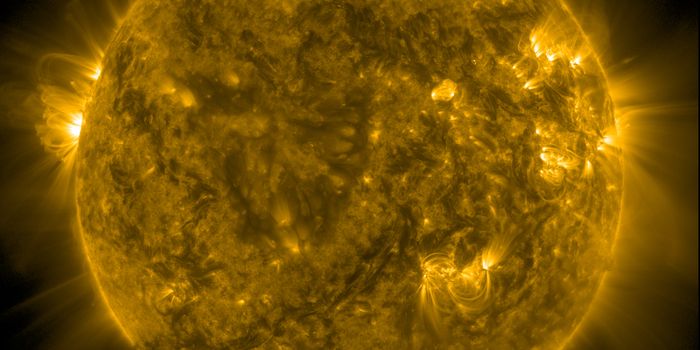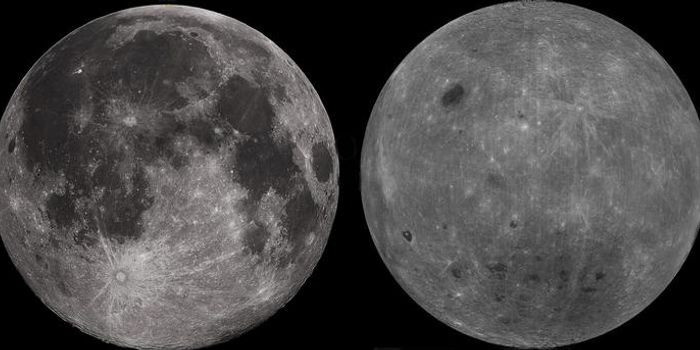Everything You Need to Know About NASA's Plans to Return to the Moon by 2024
It’s been 50 years since the late former NASA astronaut Neil Armstrong set foot on the lunar surface and muttered those famous words: “That’s one small step for a man, one giant leap for mankind,” but all that time passed hasn’t reduced NASA’s interest in exploring the Moon – not even in the slightest.
2024 is the magic year that NASA intends to send astronauts back to the Moon, and the mission is being codenamed Artemis. Unlike the Apollo missions that transpired five decades ago, however, Artemis has a much broader scope with the long-term goal of getting humankind ready for complex deep space missions.
Artemis will involve multiple tiers of scientific deployment, including building and deploying the world’s most powerful rocket system (the Space Launch System, or SLS for short), landing humans on the Moon’s South Pole for the first time in history, and building a lunar-orbiting space lab and deep space hub known as the Lunar Gateway.
As you might come to expect, Artemis won’t be a repeat of the Apollo missions, but rather an attempt to spearhead a movement that will push space exploration further than it has ever gone before. With a little luck, perhaps we’ll learn important lessons regarding deep space travel, and this will make pushing further to Mars and beyond possible.








